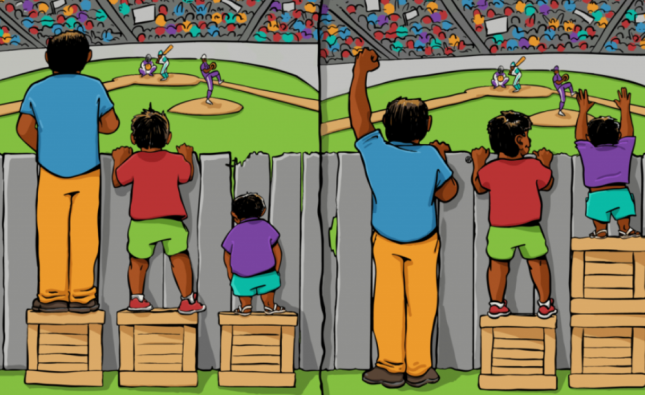
Introduction:
Embarking on the journey of familial dynamics, let’s delve into the intricate world of the mother-in-law and daughter-in law relationship. A seasoned family counselor with as we unpack the strains that often accompany this bond. Together, we’ll explore the common challenges, practical solutions, and strategies for building bridges in the delicate dance between mothers-in-law and daughters-in-law.
Understanding the Dynamics:
Historical Perspectives: The mother-in-law and daughter-in-law relationship is often colored by societal expectations and historical influences. Understanding the roots of these expectations can provide valuable insights into the dynamics at play. Individual Perspectives: Personal experiences shape perceptions and interactions. Acknowledging the unique backgrounds and histories of both women is crucial in comprehending the intricacies of their relationship.
Common Sources of Tension:
Communication Breakdown: One of the primary sources of strain is communication breakdown. Misunderstandings, unspoken expectations, and differing communication styles can lead to friction. Expectation Misalignment: Conflicts often arise from misaligned expectations. Bridging the gap between what each woman expects and understanding cultural nuances can pave the way for smoother interactions.
Navigating Boundaries:
Defining Personal Space: Establishing and respecting boundaries is fundamental. Both parties need to communicate their needs for personal space and privacy to foster a more comfortable living environment. In-law Roles: Roles within the family structure evolve over time. Understanding these changes and adapting to new dynamics helps in avoiding potential conflicts.
Cultural and Generational Influences:
Cultural Clash: Cultural differences can contribute significantly to tension. Acknowledging and appreciating diverse backgrounds can pave the way for a more inclusive and understanding relationship. Generational Shifts: Changing societal norms impact family dynamics. Navigating these shifts requires open communication and a willingness to adapt to evolving family structures.
Strategies for Improved Communication:
Active Listening Techniques: Effective communication involves active listening. Employing techniques like paraphrasing and summarizing can enhance understanding and reduce miscommunication. Expressing Feelings: Encouraging open dialogue is crucial. Both women should feel comfortable expressing their feelings, concerns, and needs in a constructive manner.

Building Empathy and Understanding:
Walk in Each Other’s Shoes: Empathy is a powerful tool for building understanding. Both mother-in-law and daughter-in-law can benefit from putting themselves in each other’s shoes to comprehend the challenges they face. Recognizing Unspoken Needs: Often, unspoken needs underlie conflicts. Recognizing and addressing these unmet needs can lead to a deeper understanding and stronger connection.
Creating Harmony in Family Events:
Special Occasions: Family gatherings can be potential stress points. Implementing strategies for creating a positive atmosphere during events helps in fostering harmony. Collaborative Planning: Involving both women in event planning can create shared experiences and promote collaboration, easing tensions during family occasions.
Comparative Table: Mother-in-Law vs. Daughter-in-Law:
| Aspect | Mother-in-Law’s Perspective | Daughter-in-Law’s Perspective |
|---|---|---|
| Communication Styles | Open and direct | Indirect and nuanced |
| Expectations and Roles | Traditional caregiver | Modern, independent roles |
| Boundaries and Personal Space | Need for involvement | Desire for autonomy |
| Cultural Influences | Rooted in traditions | Embracing contemporary values |
| Communication Strategies | Direct communication | Emphasis on non-verbal cues |
| Empathy and Understanding | Nurturing and protective | Seeking autonomy and validation |
| Harmony in Family Events | Focus on family traditions | Embracing flexibility and variety |
Conclusion
In navigating the complexities of the mother-in-law and daughter-in-law relationship, the goal is not just to identify challenges but to equip readers with practical tools and insights for fostering understanding, communication, and ultimately, harmony within the family unit. By recognizing and addressing these tensions, families can build stronger, more resilient bonds that withstand the test of time.










